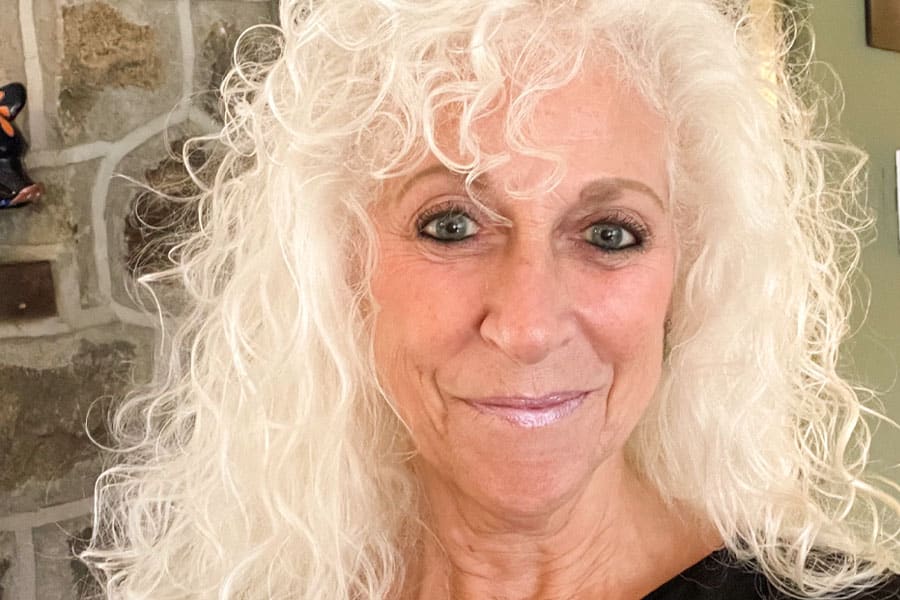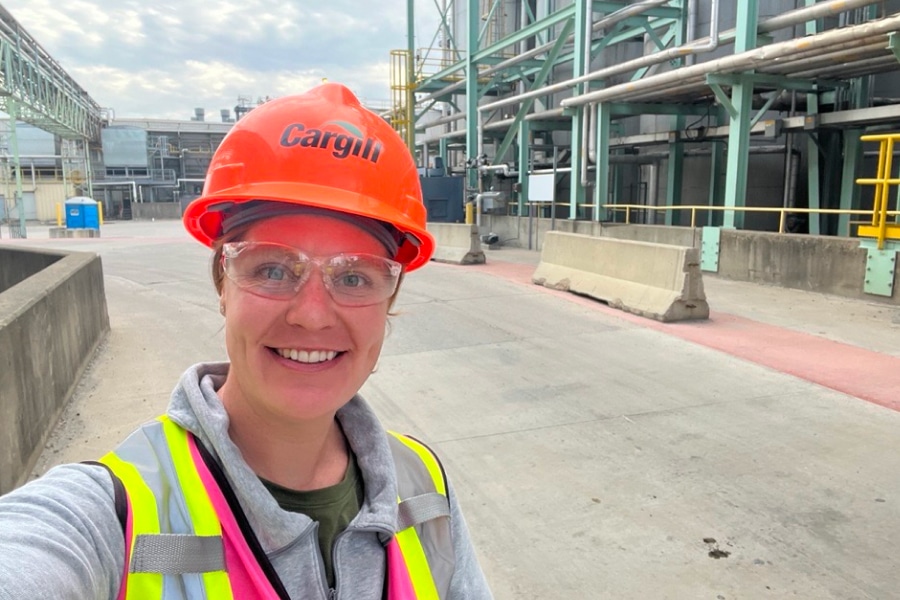Sheri Best has had a long construction career. She has spent her whole life in and around the New York area and is connected to hundreds of people in the industry’s local scene.
Yet, Best didn’t set out to work in construction. She studied fine arts in college. And to this day she’s passionate about music and books. While in college, Best envisioned herself as a painter. “I always drew well and had good hand-eye coordination,” she said.
Finding her niche
After college, Best lived in Manhattan, and all her friends were in the arts. “I wasn’t as driven as other artists I met—they had to be artists. I wasn’t really passionate,” Best said.
While trying to figure out how to make a living, Best lived in an area largely inhabited by artists, writers and musicians. There, she met others who also had been creatives but were working in construction. Eventually, Best joined a small neighborhood general contracting firm that performed high-end residential renovations. Best realized she enjoyed the processes and organizational aspects of contracting, such as coordinating the many moving parts and stakeholders on a project.
“I enjoyed learning about the various components of a construction project—from the client side, the general contractor side, the subcontractor perspective and the contractual structures of the relationships,” Best said. “The operations side particularly resonated with me, and I loved the phasing and coordination piece.”
But what got Best sold on construction as a long-term career was seeing something built from nothing. “It gets addictive! It’s an incredibly complex process where so many things can go wrong, and something always does, but it gets done in the end,” she said. “I love facilitating how things come together, managing the personalities, the psychology behind getting people to cooperate under challenging conditions and timelines.” Best sees construction as a social, operational and logistical challenge.
Establishing a role
After working for a couple of contractors and freelancing, Best settled into a company where she stayed for nearly 15 years.
Originally hired as a freelancer, the position quickly evolved into a full-time job as an office manager. The firm’s principals eventually split, with one starting Pier Head Associates, which Best joined and became a principal for another 15 years. Best said she grew tremendously while in the role. She conducted project reviews, wrote contracts, oversaw operations, implemented technology and managed punch lists on projects with many obstacles to final completion.
Best fondly recalls becoming a partner, as she had multiple meaningful career accomplishments. Among them were opening up new markets and building out new divisions, including commercial interiors, façade restoration and scaffolding logistics consulting. The challenges of developing the new divisions included hiring and managing new specialized crews and subcontractors.
By the time Best left Pier Head in 2017, the company structure and competitive landscape had changed. “It was time to get involved in another aspect of the industry,” Best said.
Other passions
Best has taken on a few roles since leaving Pier Head, including Minority/Women-owned Business Enterprises (MWBE) compliance. Nowadays, Best works for OnCentive, a tax credits and incentives firm, where she was hired to open the New York City construction and real estate markets. In this role she works to offset costs and taxes for builders, developers, manufacturers and corporate occupiers.
Yet what truly excites Best these days is her work with Nontraditional Employment for Women (NEW). The nonprofit, which is heavily supported by construction unions, has been around for more than 40 years. The New York-based organization offers a six-week training program for women that can be used as a springboard for apprenticeships and membership in unions.
Among the trades NEW graduates enter are carpentry, electrical, ironwork, labor, plumbing, steam fitting and crane operation. The organization aims to help “women achieve economic independence and a secure future for themselves and their families.” NEW places more than 275 graduates into construction-related careers annually.
Best said that many of the women who are involved in the program are single mothers and members of minority groups. “The work NEW does is inspiring,” she said. “It’s life-changing for the graduates.” Best serves the organization as an ambassador council member and is currently the leader of a committee developing events and fundraising.
The organization holds an annual awards luncheon that draws more than 1,000 people. “The stories the graduate women share are quite moving,” Best said. “You’ll find a box of tissues at every table.”
Finding success in construction is more challenging for women, Best said, particularly those who work in the field. “Women need to truly excel at their work in this industry to get the respect they deserve,” she said. “However, it’s a great time for women, particularly in the trades, as the industry is motivated to diversify.”
Reflecting on her career, Best said she has suggestions for how women can succeed. “Don’t pretend you know something you don’t, and if you don’t know, ask,” she said. “And network! Construction is a small world where everyone knows each other. Meet other people; join industry organizations; be active and engaged.”
Best has followed these tips throughout her career. “One of my strong suits is finding the win-win for all stakeholders in a project’s challenges. Diplomacy and compromise resonate with my personality,” she said.











